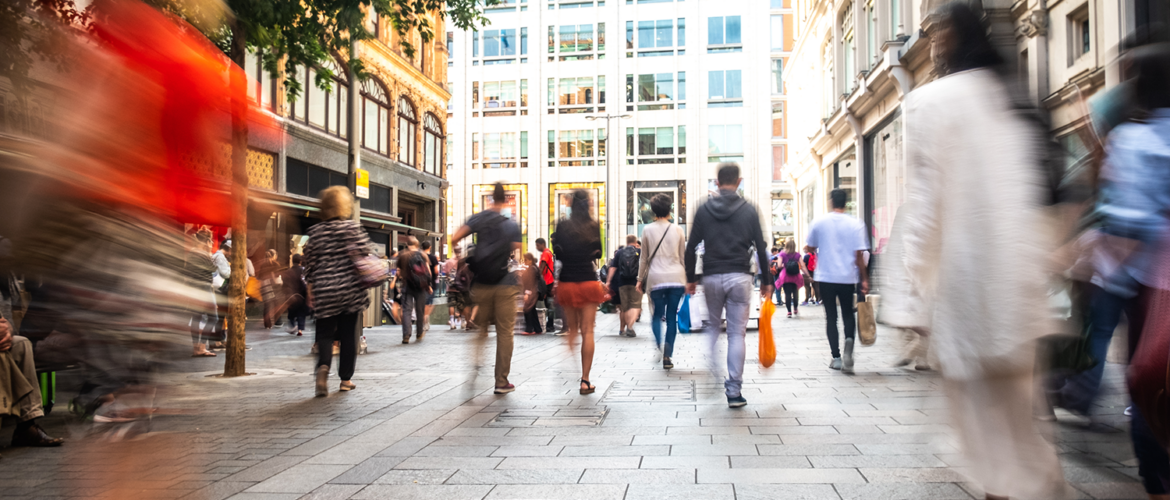Retail sales increased by 0.7% from October, reaching a seasonally adjusted annual rate of $724.6 billion. This rise surpassed economists’ expectations of a 0.5% increase and marked the second-best month of the year.
- Year-over-year, sales were up 3.8%, the highest level since December 2023.
Cars on Top: The automotive sector led this growth, with sales at motor vehicle and parts dealers rising by 2.6%. Online retailers also experienced a significant boost, with sales increasing by 1.8%, reflecting a shift towards online holiday shopping. Sporting goods and hobby stores saw a 0.9% uptick in sales.
- On the flip side, miscellaneous retailers saw a 3.5% drop in sales, while department stores, restaurants and bars, and grocery stores experienced decreases of 0.6%, 0.4%, and 0.2%, respectively.
Outpacing Inflation: Notably, retail sales outpaced inflation. With November’s Consumer Price Index (CPI) indicating a 2.7% increase in prices, the 3.8% rise in retail sales suggests a real gain of approximately 1.1% when adjusted for inflation.
- However, excluding the automotive sector, sales rose by only 0.2% from October, falling short of the anticipated 0.4% increase.
Election: Have to wonder what role the recent presidential election may have played in these numbers. The New York Federal Reserve reported that consumers feel more optimistic about the economy in the year ahead, reaching the highest confidence levels since before the pandemic.
- When people feel good about the future economy that can lead to them spending money now.
Bottom Line: November’s retail sales data indicates robust consumer spending, exceeding expectations and outpacing inflation. However, the modest increase in sales excluding the automotive sector suggests potential underlying concerns. December’s data will be crucial in determining whether this growth is part of a sustained trend or an isolated occurrence.


